Annual & Semi-Annual Reports
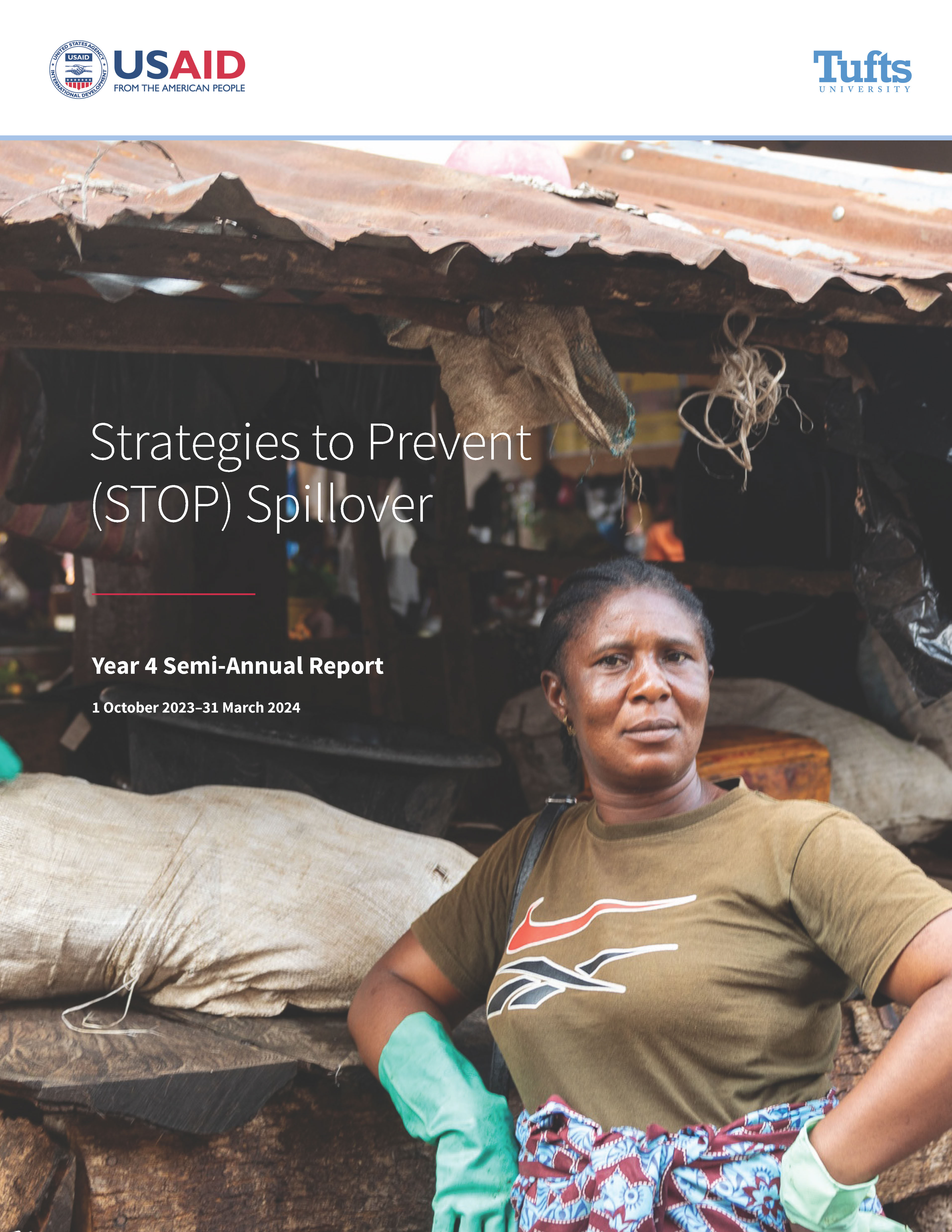
STOP Spillover Year 4 Semi-Annual Report (1 October 2023 – 31 March 2024)
This report documents progress made during STOP Spillover's fourth project year in the host countries of Bangladesh, Cambodia, Côte d'Ivoire, Liberia, Sierra Leone, and Viet Nam.
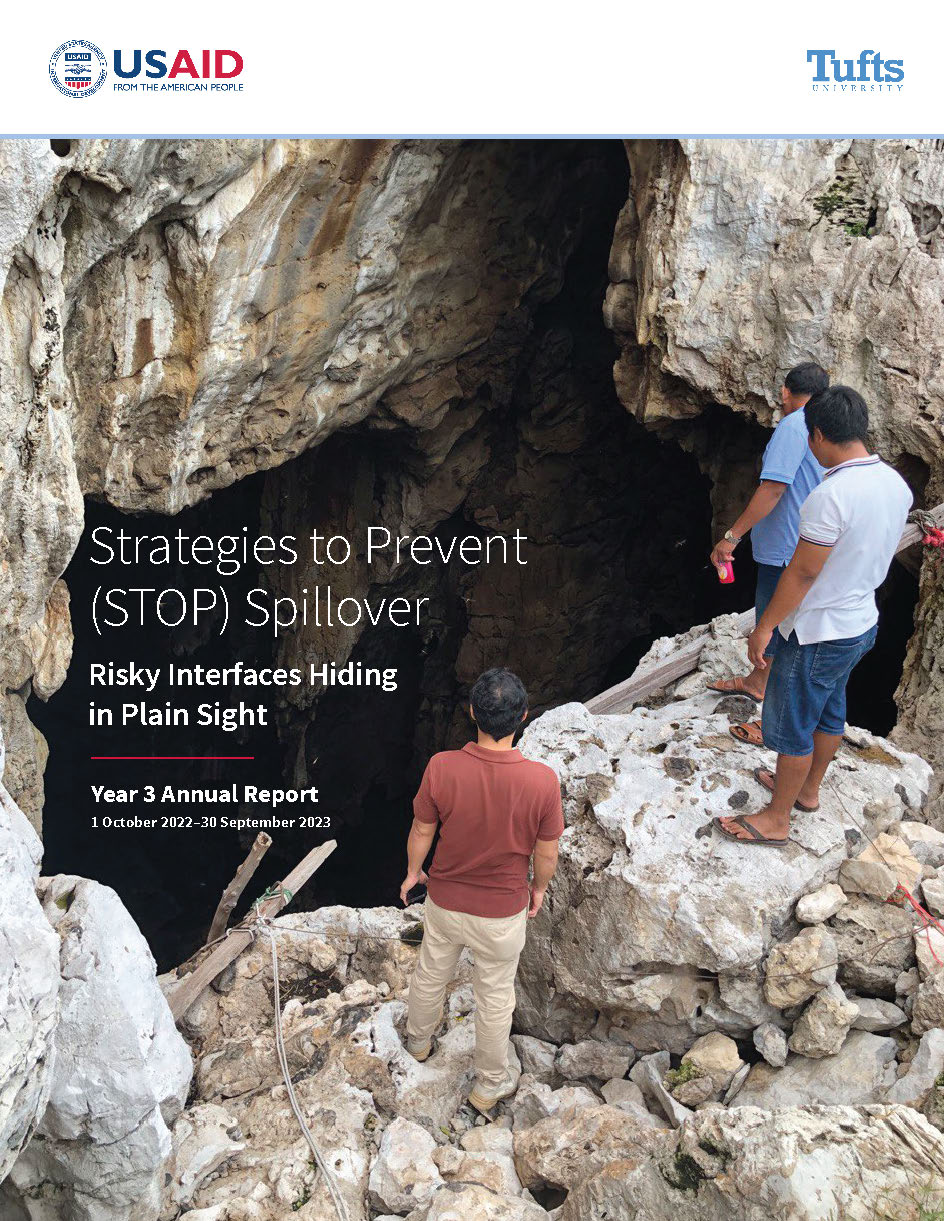
This document is the third annual report from STOP Spillover. In Project Year 3, STOP Spillover supported seven USAID priority countries to enhance understanding of the causes of viral emergence from animals to humans and to use this information to reduce risk of zoonotic viral spillover, amplification, and spread.
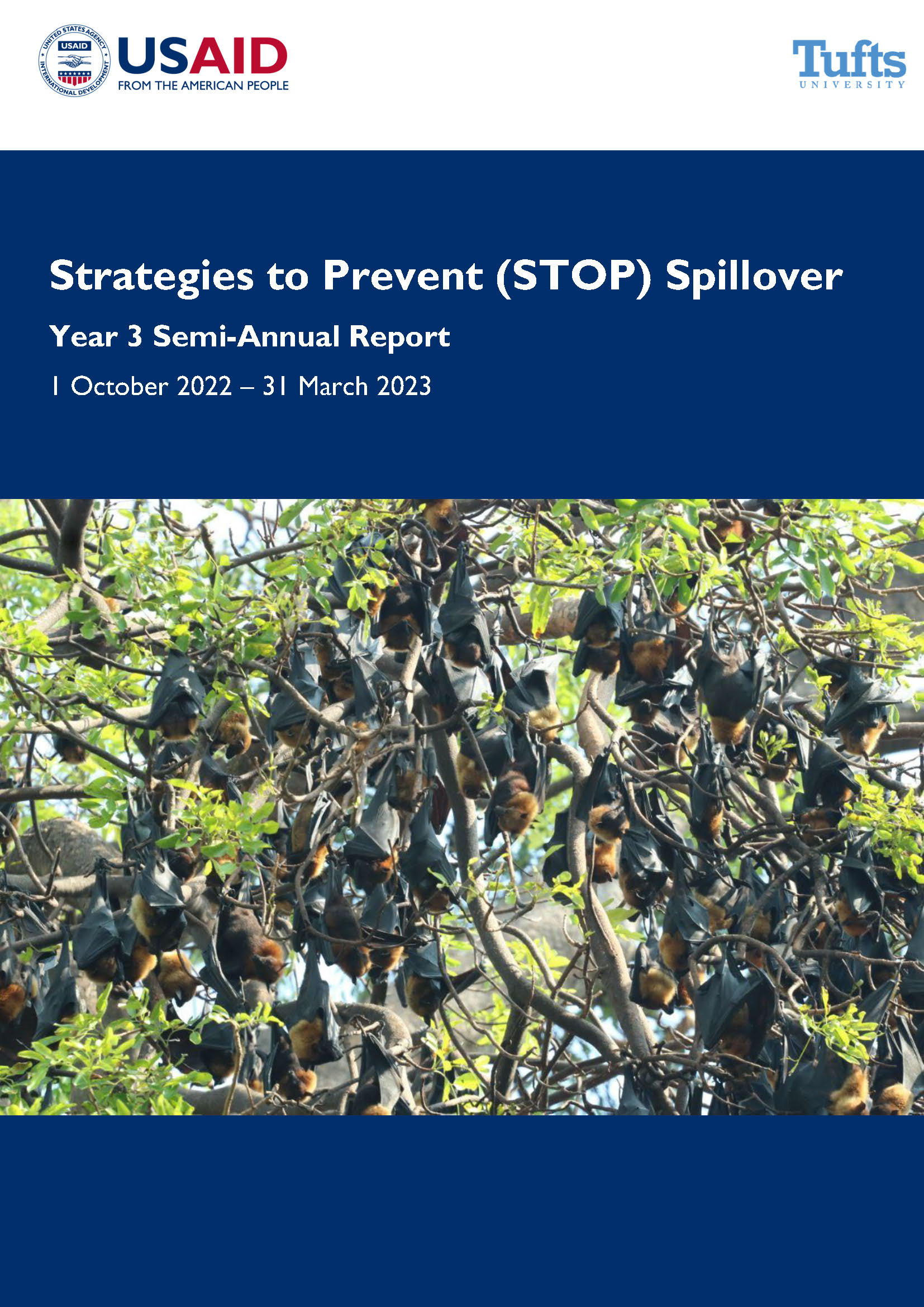
STOP Spillover Year 3 Semi-Annual Report (1 October 2022 – 31 March 2023)
This report documents progress made during the first half of Project Year 3. During this period, multiple country teams were actively engaged in formative research projects that generated baseline and contextual knowledge of targeted spillover ecosystems.
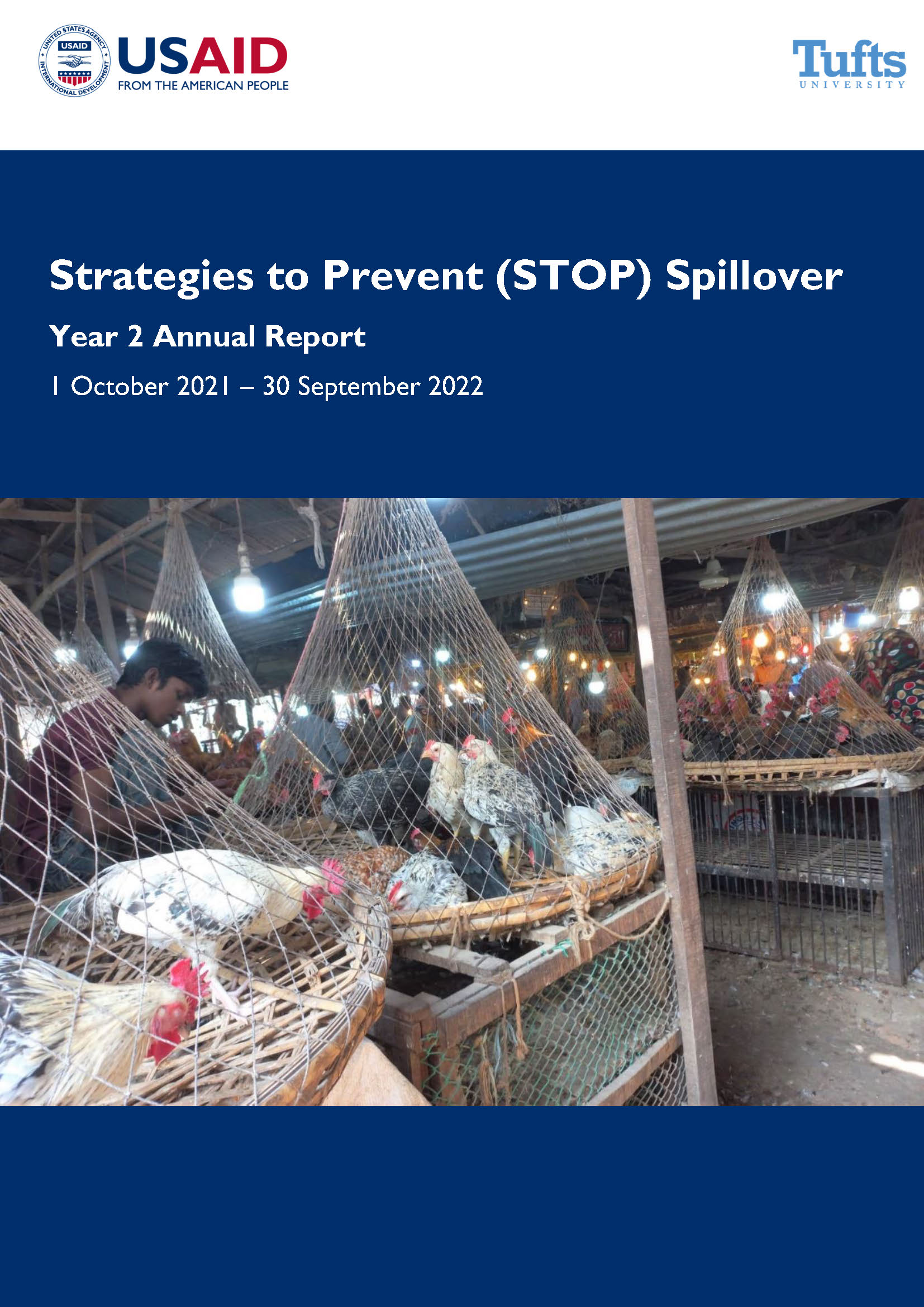
STOP Spillover Year 2 Annual Report (1 October 2021‒30 September 2022)
This document is the second annual report from STOP Spillover. Project Year 2 focused primarily on selecting and designing interventions and aligned studies to fill knowledge gaps to support intervention design.
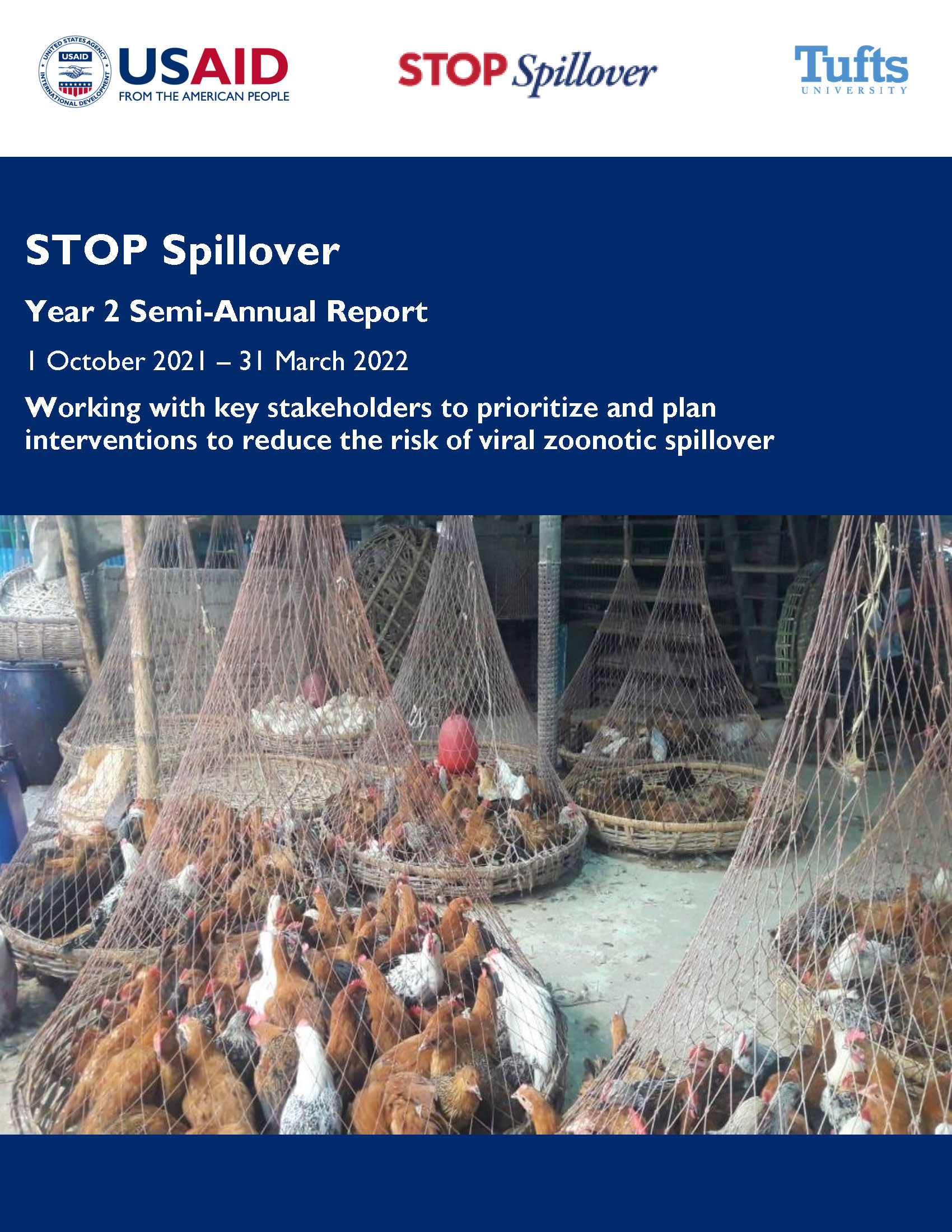
The participatory nature of the outcome mapping (OM) process applied by STOP Spillover leverages a broad range of in-country stakeholders to identify potential interventions to reduce the risk of spillover at prioritized interfaces, along with addressing knowledge gaps and challenges that limit intervention design.
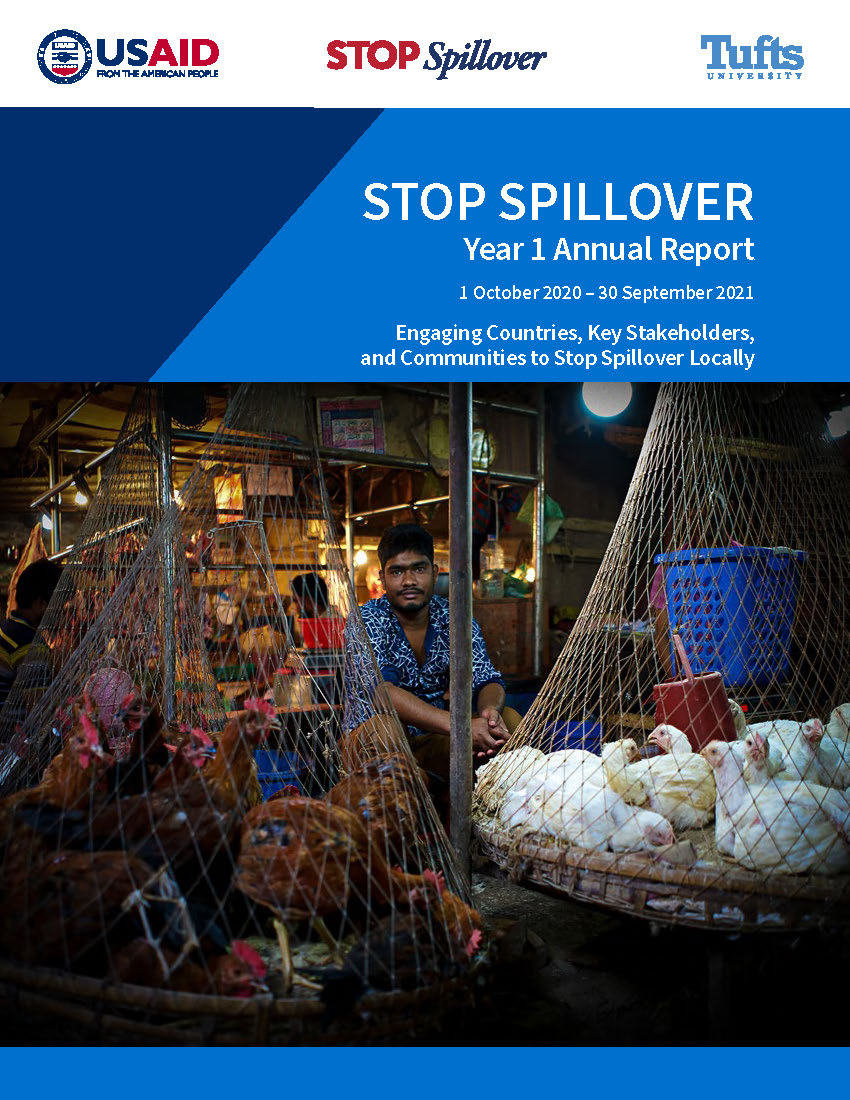
STOP Spillover's first year was defined by its deep engagement with countries, key stakeholders, and communities. Their contributions and guidance have helped ensure that STOP Spillover's approach is inclusive and will have a sustainable impact on decreasing risk of zoonotic viral spillover.